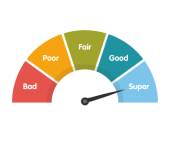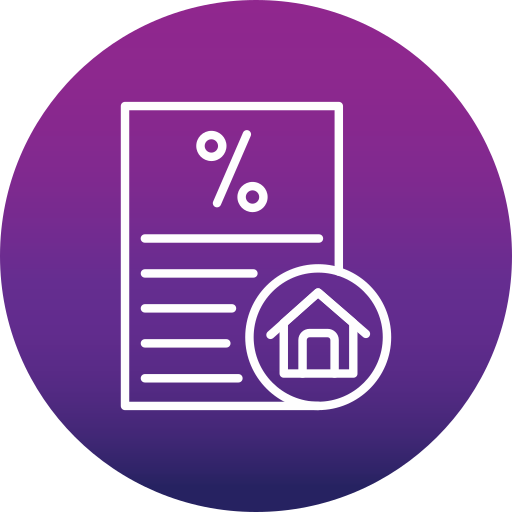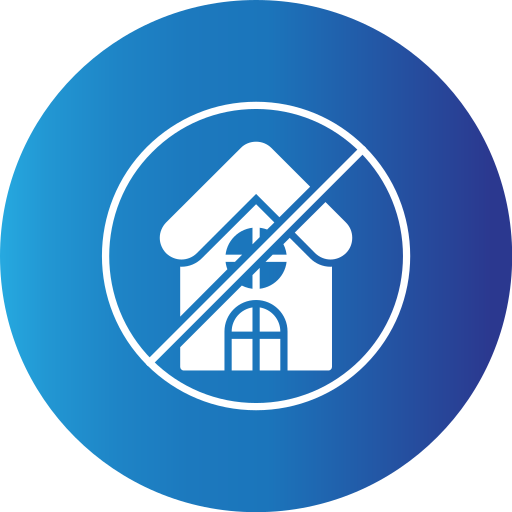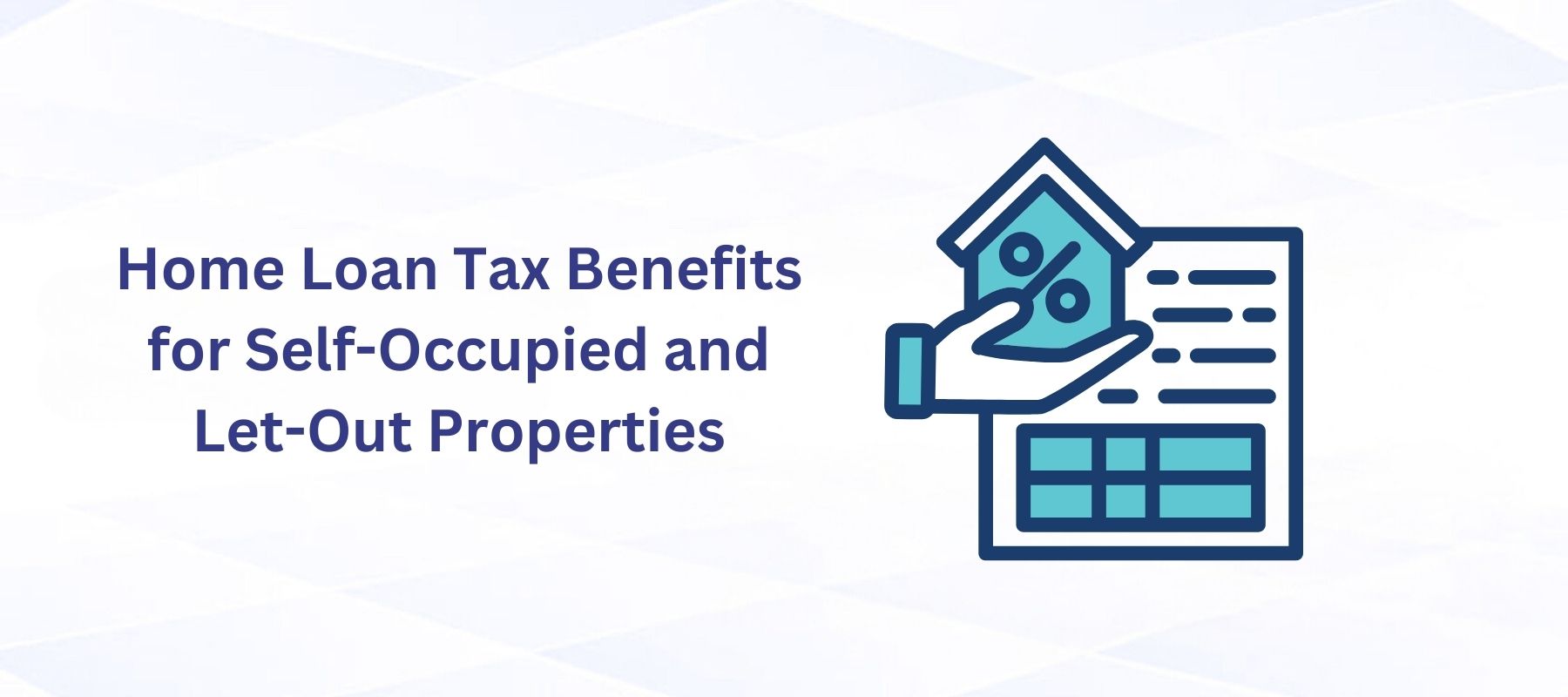Special Offers




Special Offers




11-Dec-2024 | Home Loan

When buying a home, understanding tax benefits on home loans can significantly reduce your financial burden. Whether you're purchasing a self-occupied property or a let-out property, the Indian Income Tax Act offers various deductions to help homeowners save on taxes. Let’s dive into the key benefits and differences for both property types and how to maximize your savings.
A self-occupied property is a residential property used by the homeowner for personal residence throughout the year. It is neither rented out nor used for any business purpose.
Key points:
Treated as "self-occupied" even if not physically occupied due to employment or business location, provided it is not rented out.
Gross Annual Value (GAV) for such properties is considered NIL for taxation purposes.
Principal Repayment: Deduction under Section 80C (up to ₹1.5 lakh).
Interest Payment: Deduction under Section 24b (up to ₹2 lakh).
Additional Deduction: Available under Section 80EEA for affordable housing (up to ₹1.5 lakh).
A let-out property refers to a property rented out for residential or commercial purposes. Even properties deemed to be let out are treated similarly if not self-occupied.
Key points:
Rental income is taxable under "Income from House Property."
Tax deductions can be claimed on the full interest paid on a home loan.
Eligibility: Deduction of up to ₹1.5 lakh per year for principal repayment on both self-occupied and let-out properties.
Conditions:
Property should not be sold within five years of possession.
Repayment must be made to a registered financial institution like Aavas Financiers.
Self-Occupied Property: Deduction capped at ₹2 lakh per year.
Let-Out Property: Full interest paid can be claimed as a deduction without a limit.
Note: Loss from house property exceeding ₹2 lakh can be carried forward for up to 8 years.
Applicable for first-time homebuyers:
Deduction of up to ₹1.5 lakh on home loan interest for affordable housing (property value below ₹45 lakh).
Available in addition to deductions under Section 24b.
|
Feature |
Self-Occupied Property |
Let-Out Property |
|
Gross Annual Value |
Nil |
Actual Rent or Deemed Rent Value |
|
Interest Deduction |
Up to ₹2 lakh |
Full Interest |
|
Principal Deduction |
Up to ₹1.5 lakh under Section 80C |
Same |
|
Additional Deduction |
Up to ₹1.5 lakh under Section 80EEA |
Same (if conditions met) |
Let’s assume:
Interest Paid: ₹2.88 lakh
Principal Repayment: ₹1.2 lakh
Municipal Taxes: ₹53,000
Calculation:
GAV = NIL
Deduction on Municipal Taxes = ₹53,000
Interest Deduction (under Section 24b) = ₹2 lakh (maximum limit).
Total Savings = ₹1.5 lakh (Section 80C) + ₹2 lakh (Section 24b) = ₹3.5 lakh.
Let’s assume:
Annual Rent: ₹1.15 lakh
Municipal Taxes: ₹5,400
Interest Paid: ₹2.5 lakh
Calculation:
GAV = ₹1.15 lakh.
Deduction on Municipal Taxes = ₹5,400.
Net Annual Value = ₹1,15,000 - ₹5,400 = ₹1,09,600.
Interest Deduction (under Section 24b) = ₹2.5 lakh (full deduction).
A taxpayer can classify up to two properties as self-occupied.
Additional properties are deemed let-out, even if not rented.
A home loan tax benefit calculator simplifies tax-saving estimates based on:
Annual income
Home loan details
Number of properties owned
Home loans must be taken from recognized institutions like Aavas Financiers.
Only properties held in the taxpayer’s name are eligible.
Obtain loan and interest certificates from your lender.
Include interest and principal details in your Income Tax Return (ITR).
File your ITR before the due date to avoid penalties.
Q1. How many self-occupied properties can I claim for tax benefits?
You can claim tax benefits for up to two self-occupied properties.
Q2. Is there any limit on interest deduction for let-out properties?
No, you can claim the full interest amount under Section 24b.
Q3. Can I claim benefits under both Section 24b and Section 80EEA?
Yes, subject to conditions under the Income Tax Act.
Q4. What happens to unused interest deductions?
Excess deductions can be carried forward for 8 years.
Q5. How do I report let-out property income?
Report it under "Income from House Property" in your ITR.
Custom Loan Options: Tailored loans for self-occupied or let-out properties.
Transparent Policies: No hidden charges or surprises.
Wide Reach: 372 branches across 14 states in India.
Understanding tax benefits on home loans can greatly ease your financial burden, whether for a self-occupied or let-out property. By leveraging deductions under Sections 24b, 80C, and 80EEA, you can maximize your savings while fulfilling your dream of homeownership. Aavas Financiers simplifies this process with transparent and customized loan offerings.